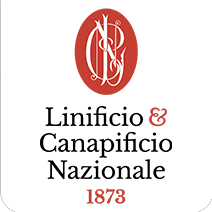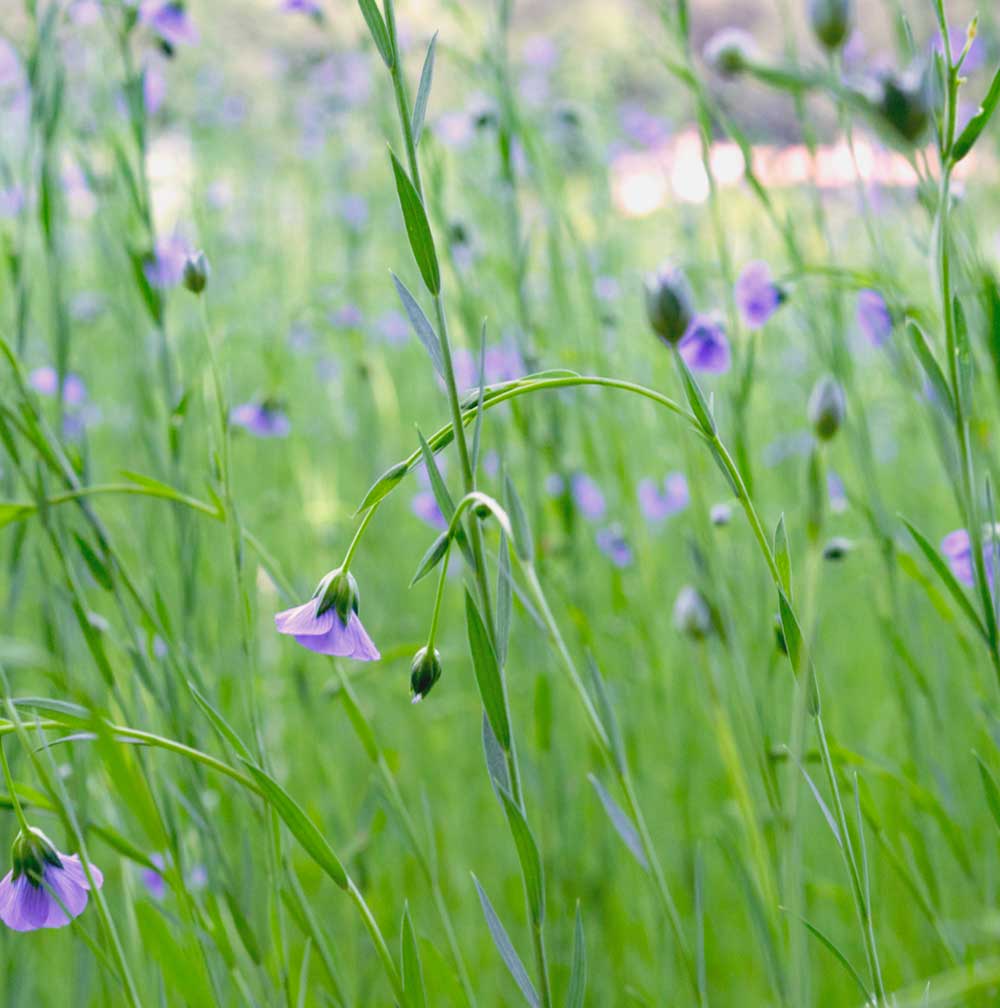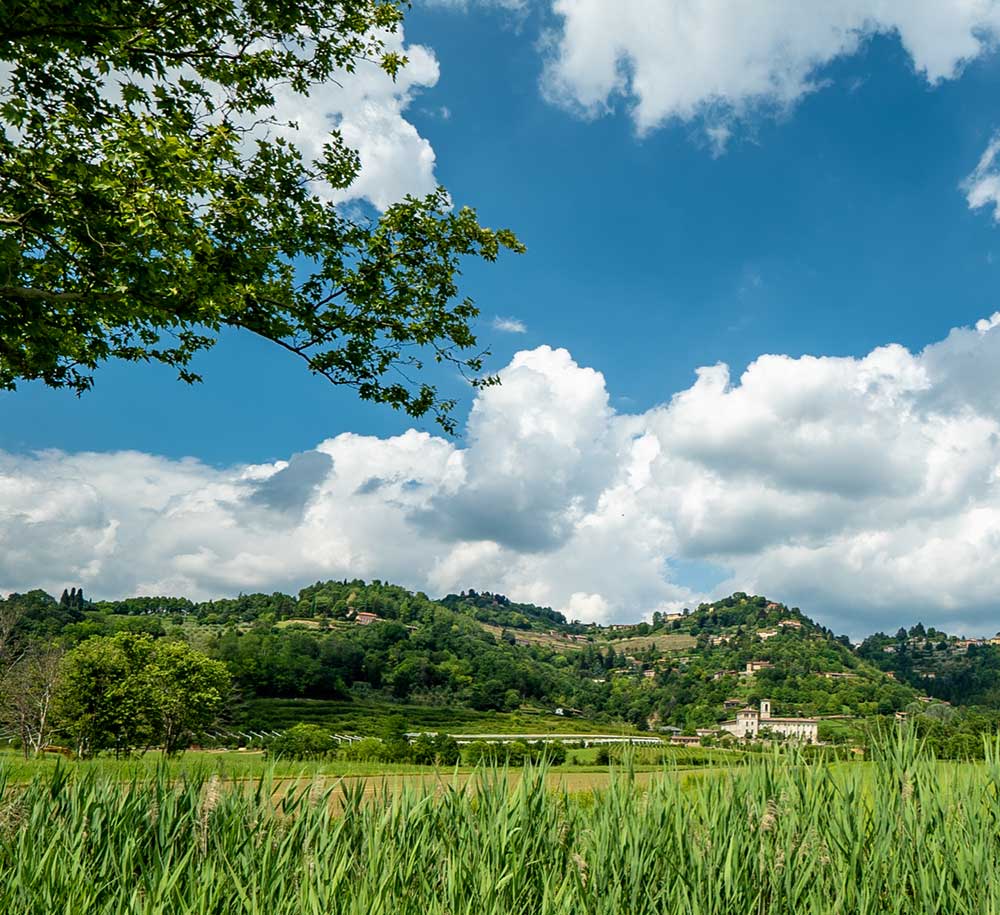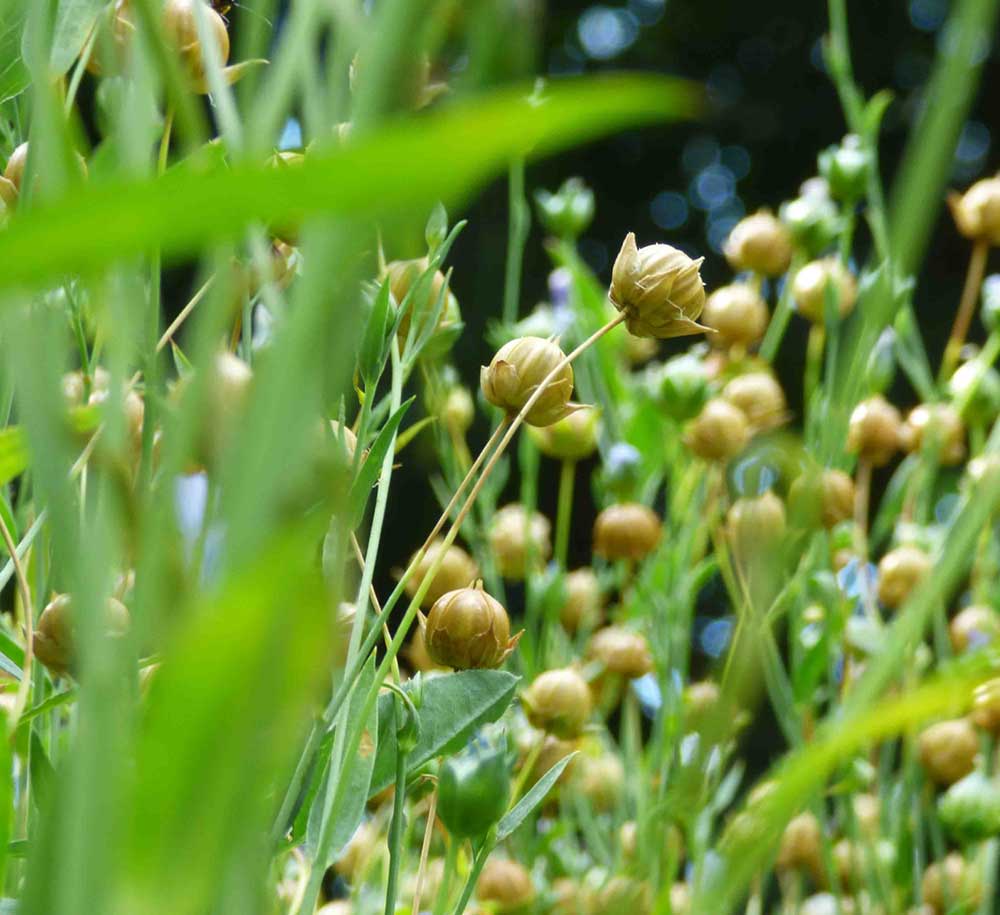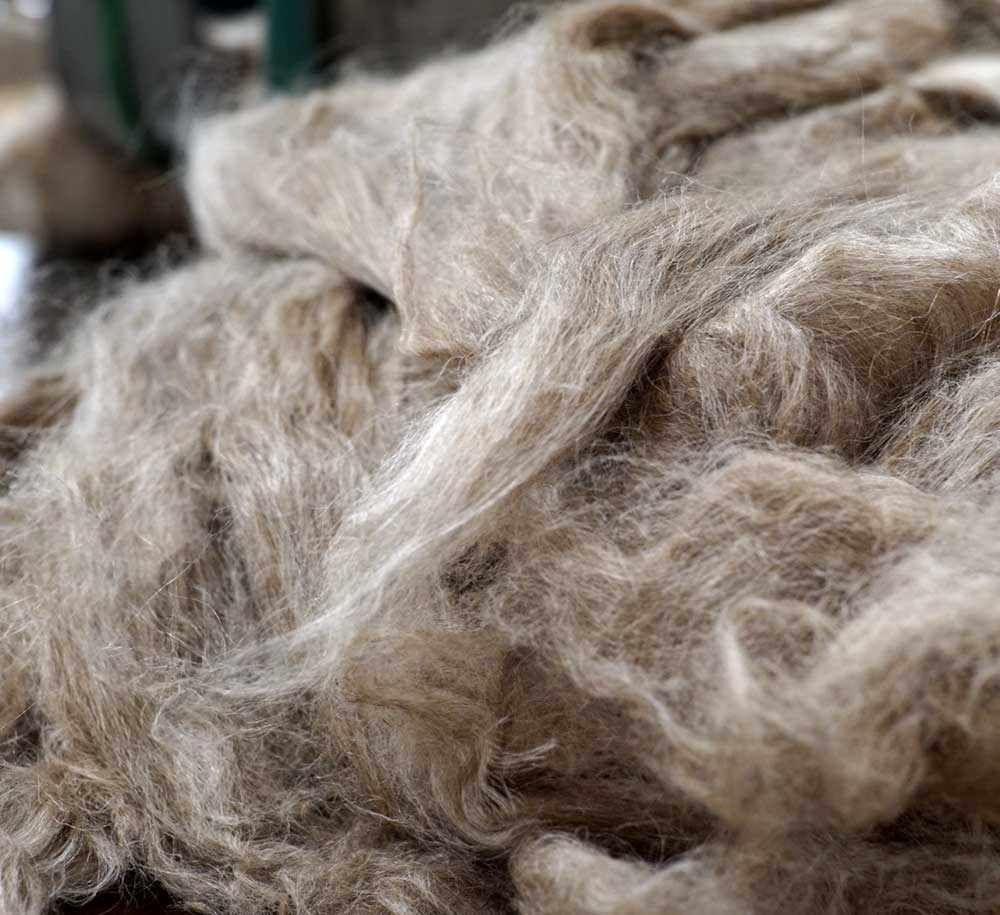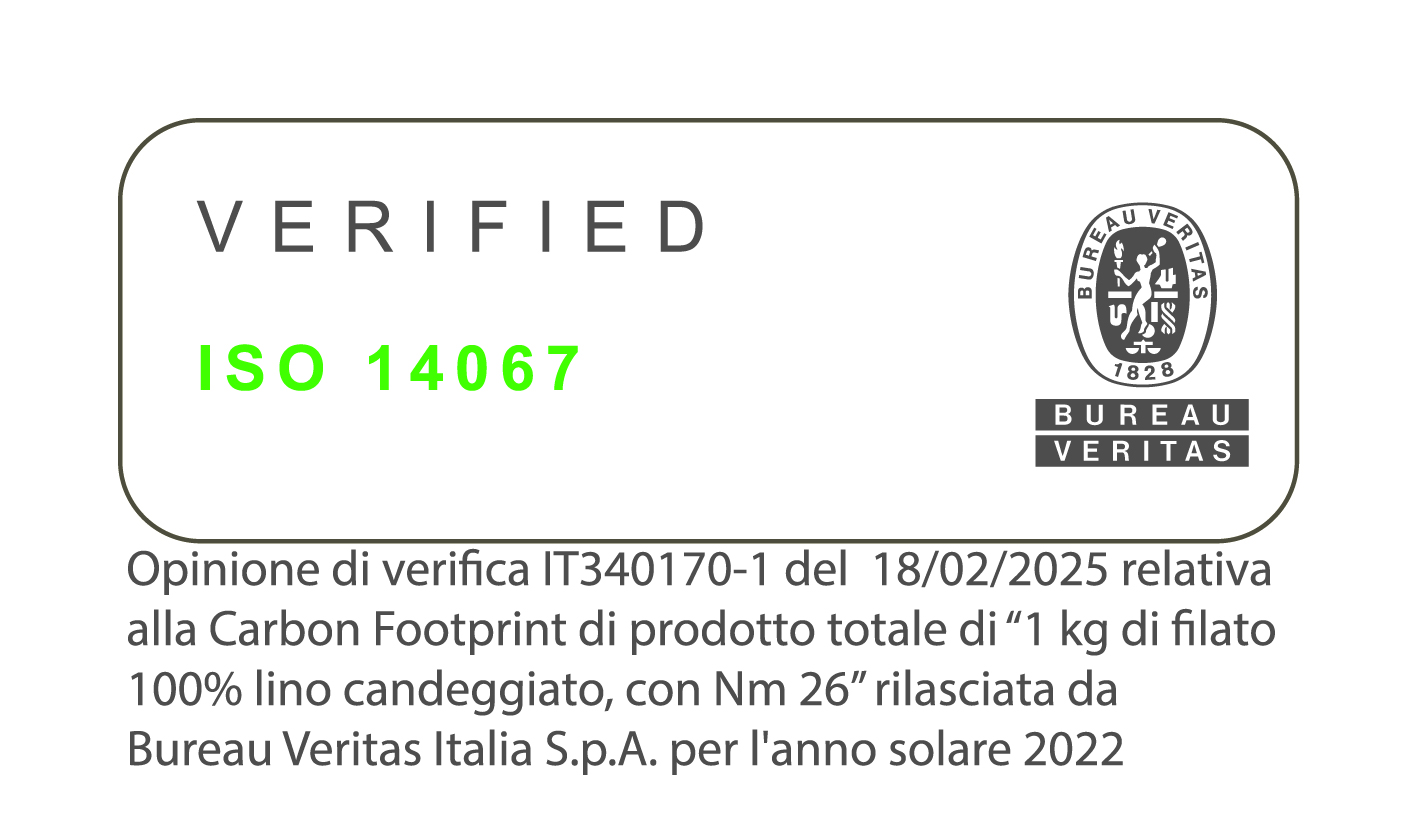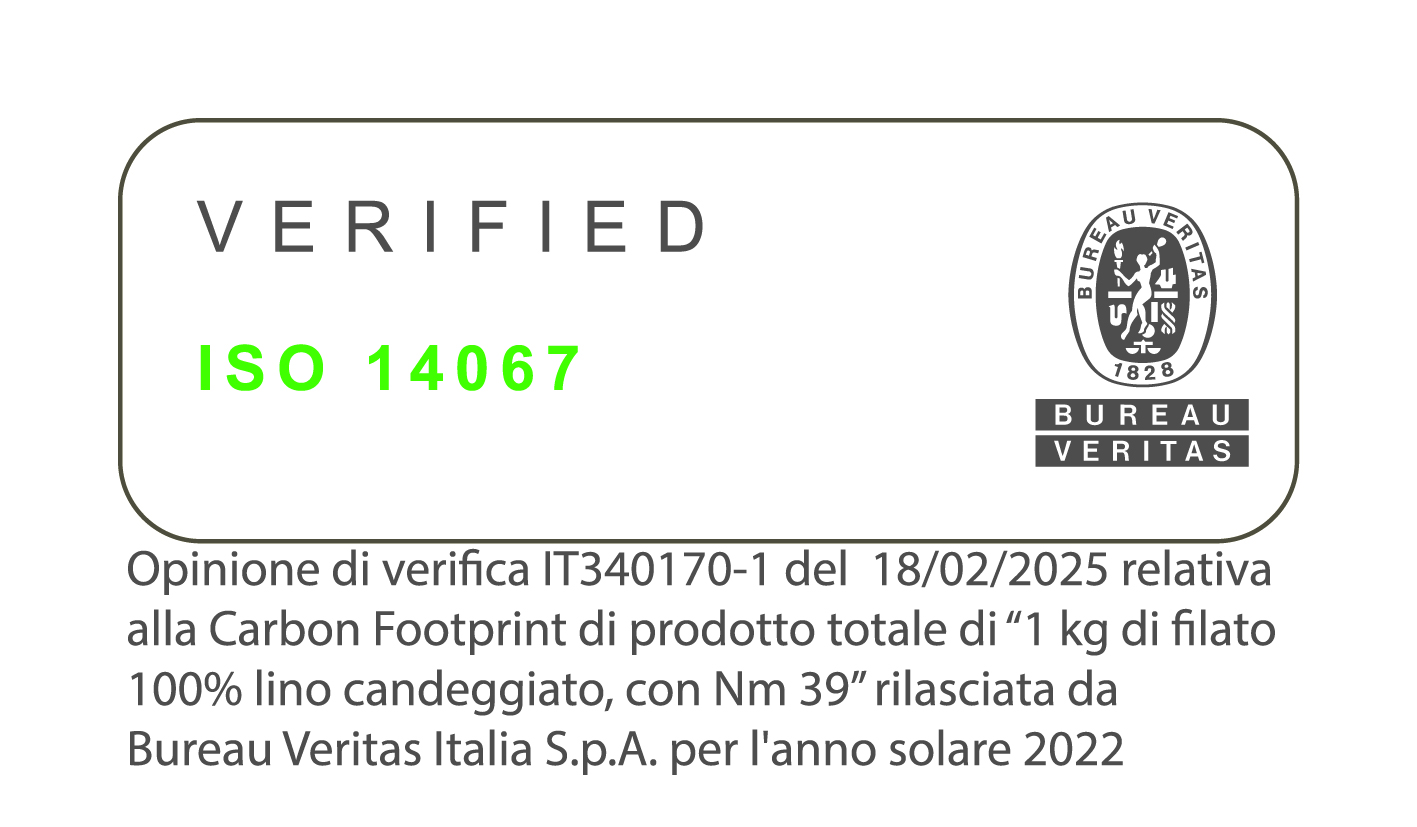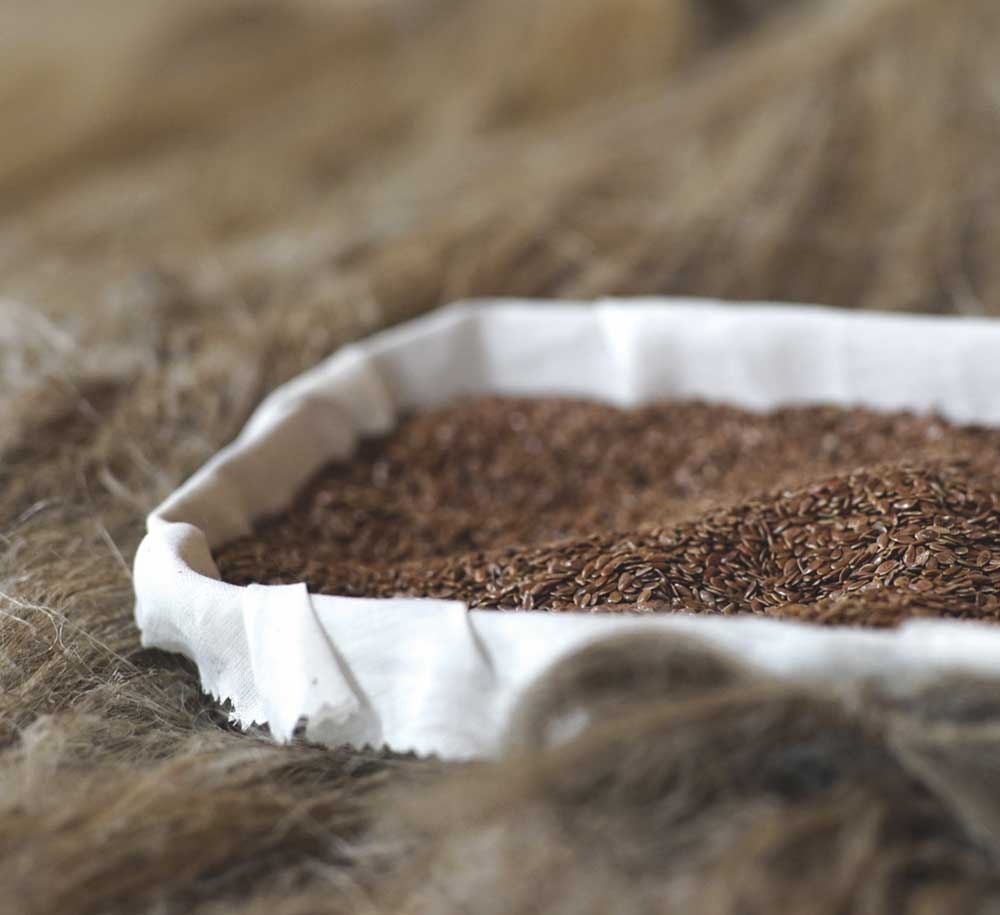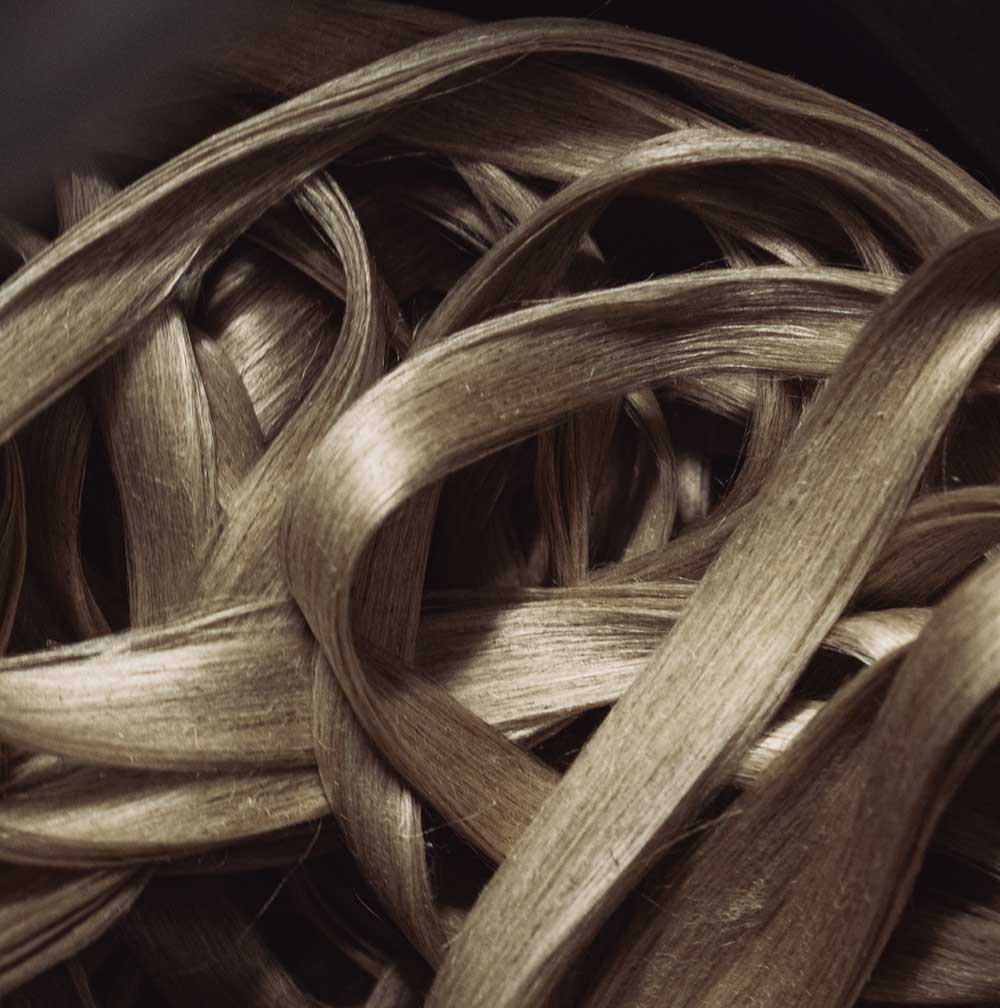Linen: natural par excellence.
Flax and hemp are natural fibres with exceptional properties, not only because they respect the environment, but also because they safeguard the health of human beings.
All yarns come with the highest certification, due to meticulous regulation throughout an entirely European supply chain. European suppliers and growers guarantee compliance with environmental and social standards, to reassure the customer of the integrity of each phase of the production process.
As verification of our continuous commitment to sustainability, the European fibre we use has certified traceability.
Transparent choices and processes, which we love to share:
download our Sustainability Report (2022) to learn more

